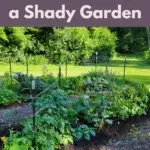
On the hottest of summer days, we’re all thankful for a bit of shade, except when it comes to our gardens.
Trying to plan a garden around a yard that ends up in the shade can be a real pain. But it doesn’t have to be. A shady garden can still produce a ton of veg; you just have to know which veggies are the “cool kids” that prefer to chill in the shade.
A garden that isn’t in full sun all day isn’t the end of the gardening world, but there are some important distinctions you need to be aware of when growing vegetables in partial sun.
This kind of gardening requires a little planning and a bit of creativity.
Let’s cover the important “why” and “how” of shady vegetable gardening before we get to the “what” we can grow.
Solar Farms, Shady Veggies & Temperature vs. Shade
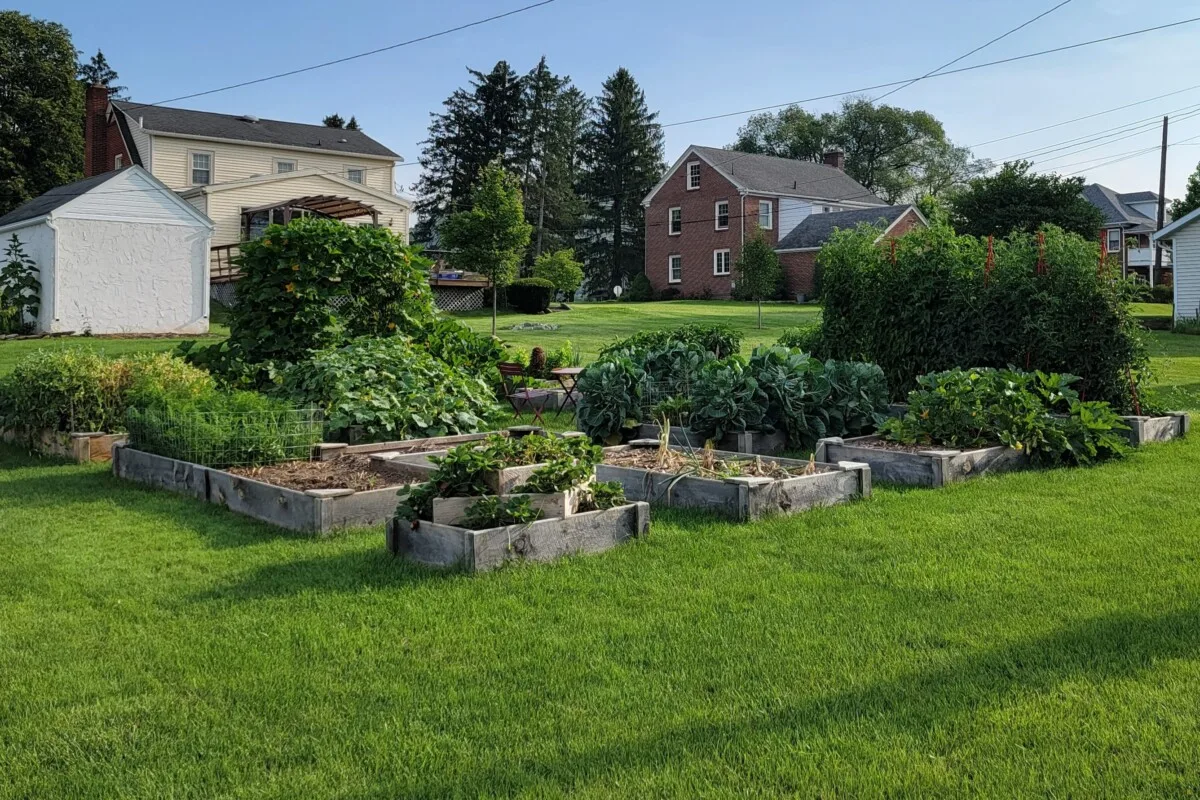
Sun is easily one of, if not the most important element plants need to thrive. Sun is where plants get their energy via photosynthesis, and this drives everything else, such as growth, flowering, fruiting, etc.
Think of your garden as a solar farm and imagine your plants as banks of solar panels.
Clearly, you aren’t going to make a lot of energy if you set up your solar farm in the shade. The best place for a solar farm is where you get full sun all day long. But the next best place is where you get sun for part of the day.
At least six hours of sun a day will still bank you a lot of solar energy. And so, it is with the veggies on this list.
Shade vs. Temperature
You’ll notice that many of the vegetables on this list have one thing in common – they’re nearly all cool-weather crops. These plants tend to bolt or get bitter as the summer progresses and the mercury climbs.
Gardeners often make the mistake of assuming that if they plant these vegetables in the shade, they will be able to grow them all summer long.
Unfortunately, that’s not how it works. They’re known as cool-weather crops, not shade-crops for a reason. Even cool-weather crops need quite a bit of sun. Most still need that full sun experience; they just prefer it when the sun happens to be a bit further away from Earth, like in the spring or fall
The cool-weather crops on this list all need at least six hours of sun a day but will tolerate being in partial shade.
If you happen to have shade in your garden during the hottest part of the day, plant these veggies there. Doing so will allow you to grow them where they will get the light they need while protecting them from the blasting heat of the summer sun. You’ll be able to grow them a bit longer than normal in the protective shade.
However, at some point it will get too hot for most of these plants, even in the shade. At which point they will likely bolt or grow bitter.
But what if I want to grow sun-loving plants, Tracey?
I feel you, my friend. I don’t know that I could call myself a gardener if I didn’t have at least one tomato growing somewhere. Hang in there. I’ll have solutions for you a little later on. In the meantime, let’s take a look at all the veggies you can grow in the shadier spots of your garden.
15 Vegetables to Grow in Light Shade
Let’s learn our shady ABCs! Here, in alphabetical order, are vegetables that will happily grow in a garden that receives light shade (also known as partial sun).
1. Arugula
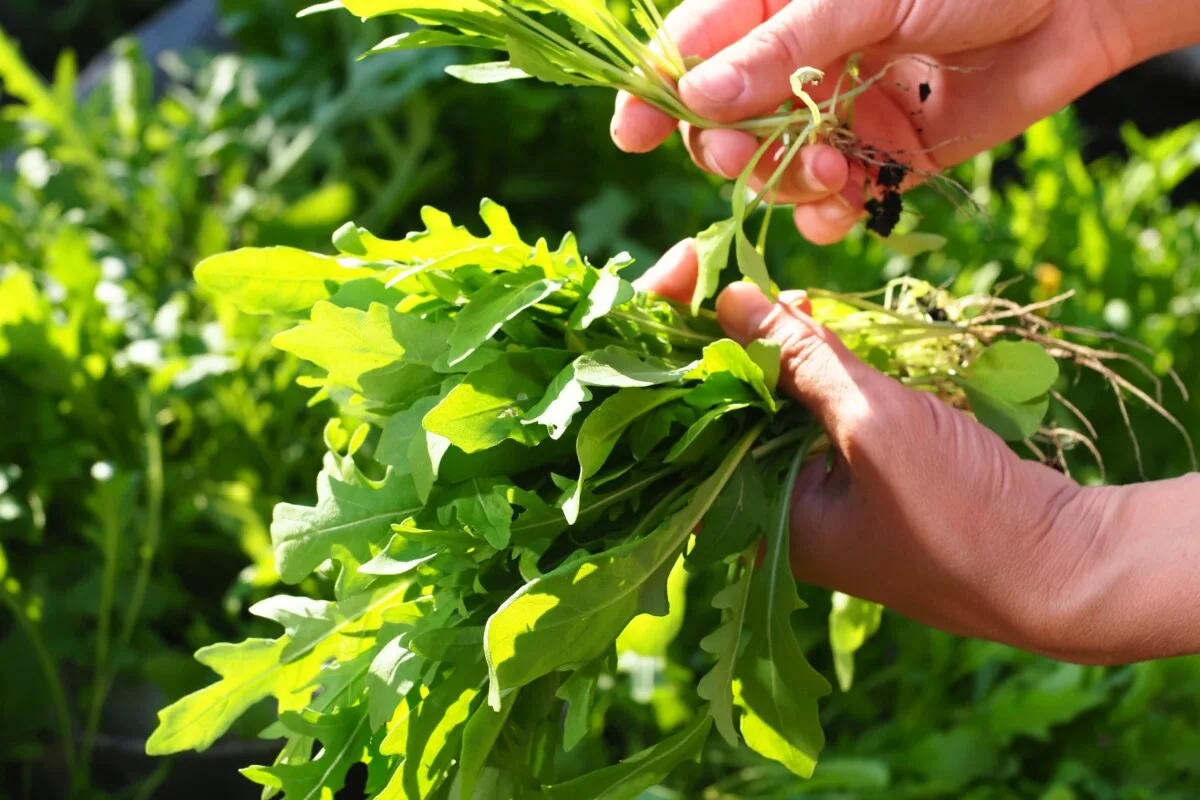
Also known as rocket, arugula is an excellent green to grow in an area of your garden that receives a little shade. If you like your salad to bite back, this spicy green is a must.
Unfortunately, as the temperatures climb, arugula is one of the first greens that gets bitter and goes to seed. By planting your arugula where it will be shaded during the hottest part of the day, you can get away with growing it longer into the season than most.
2. Beets

I feel like beets are horribly underrated. Many of us, including myself, grew up eating canned beets, which, let’s face it, kind of suck. However, I could eat pickled beets all year long.
My son-in-law makes incredible pickled beets and mixes them in with hummus for a delicious snack. Not to mention, a splash of pickled beet juice in your gin and tonic is pretty amazing. Mmm!
Even if you don’t like the bulbs, grow beets anyway. The greens are amazing in salads, soups, and stir-fries.
The smaller, more tender leaves are the best in salads, which works out well, as that’s what you’ll get when growing beets in the shade – smaller bulbs (AKA: future bite-sized pickles) and smaller, tender leaves. Not to mention, you’ll still have salad greens long after it’s too hot to grow lettuce.
You can grow beets all year long. Don’t forget to plant some in the fall, too.
3. Brussels Sprouts
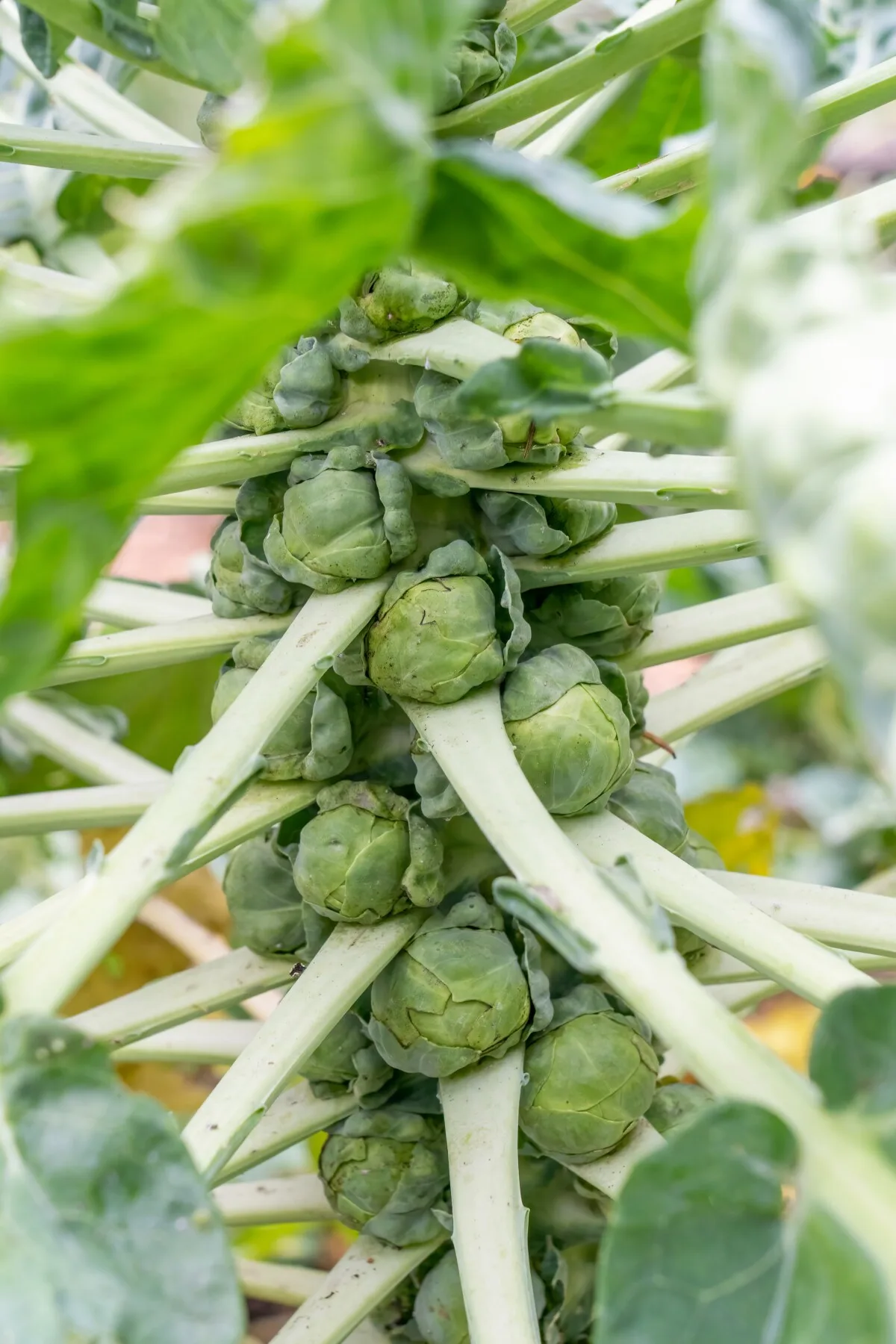
Brussels sprouts are definitely a cool weather crop. They don’t do as well when temperatures climb. Save them for the spring and fall, and make sure you plant them where they get a minimum of six hours of light. They will tolerate some shade and will be smaller overall, but you’ll still get a decent harvest of sprouts.
Brussels sprouts take around 80-90 days to reach maturity, so if you don’t get enough cool weather in the spring, save them for the fall. They taste so much better after they’ve been hit by a light frost, anyway.
4. Cabbage
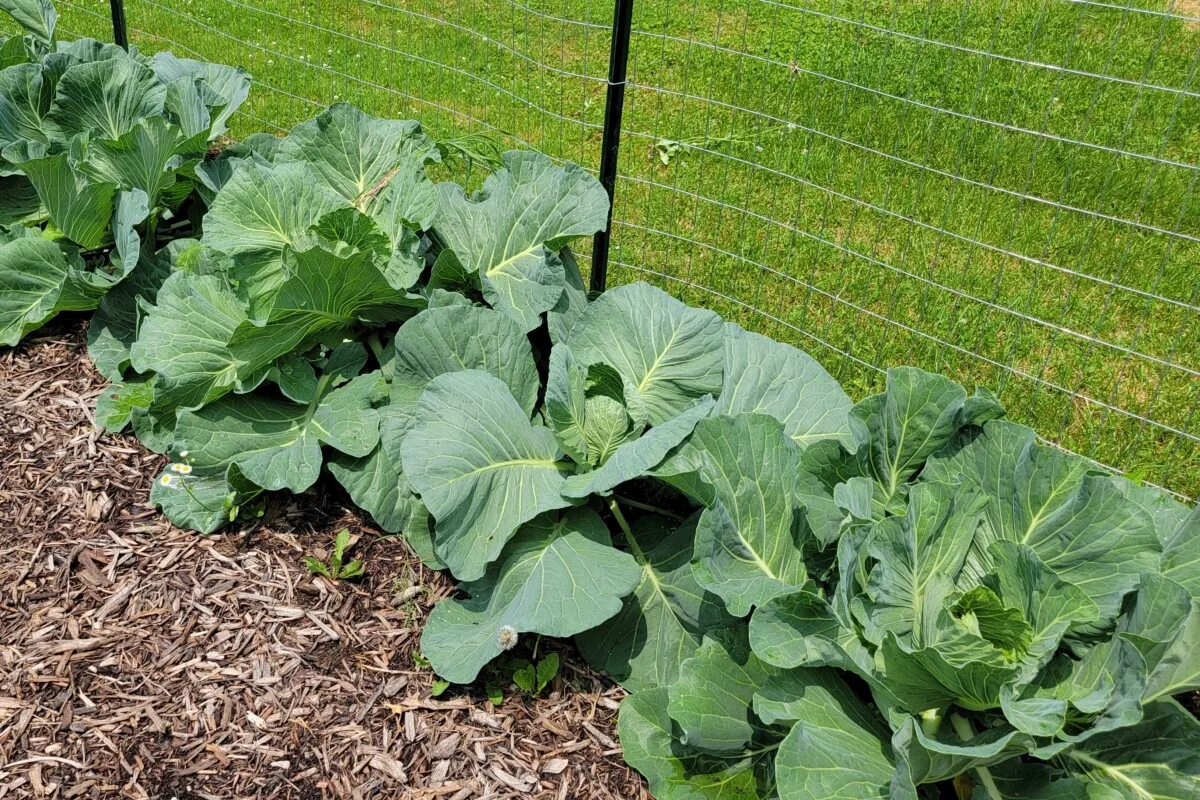
Cabbage is another veggie that’s right on the cusp of being a full sun lover. They will do fine with six hours of sun a day and may benefit from a little shade. Once they start getting blasted by the heat, the outer, protective leaves can dry out, which will lead to smaller heads.
If you’re growing your cabbage where they will receive some shade during the day, mix plenty of compost in the soil to give them a boost in nutrients.
5. Carrots
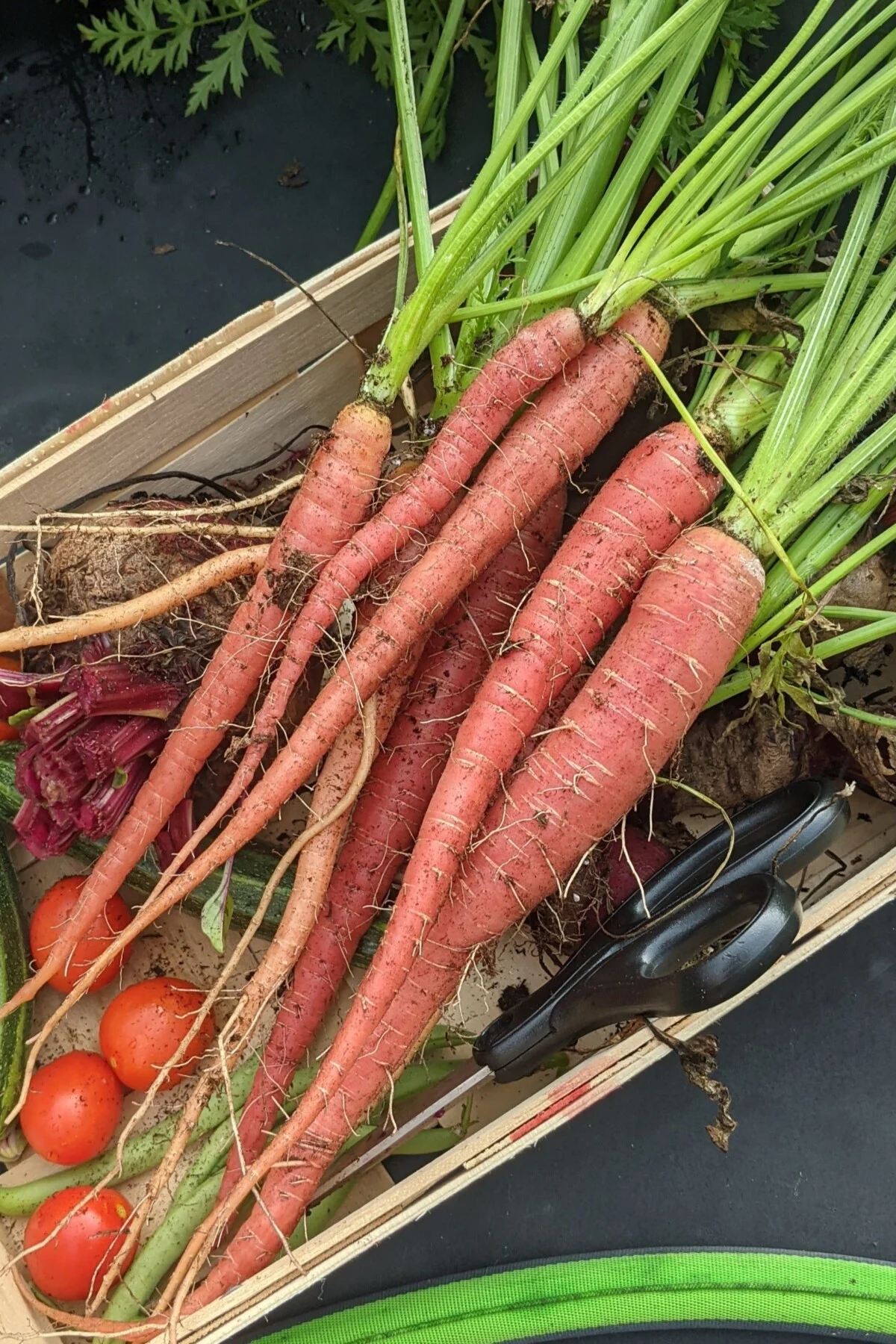
You’ll want to grow carrots so you can see into all the shady corners of your garden.
There are some varieties that do well in cooler weather, that will benefit from the protection of a bit of shade. Just remember, they still need at least six hours of light.
Carrots can be a bit finicky. Since they grow underground, it’s hard to know what you’re going to get until it’s time to harvest them. Take the time before you sow your seeds to loosen the ground where you’ll be planting them, remove rocks and mix in some organic matter, like compost. You’ll have fewer wonky roots.
If you have especially tough ground that’s hard to work, grow shorter carrot varieties or consider growing them in a container instead.
6. Horseradish
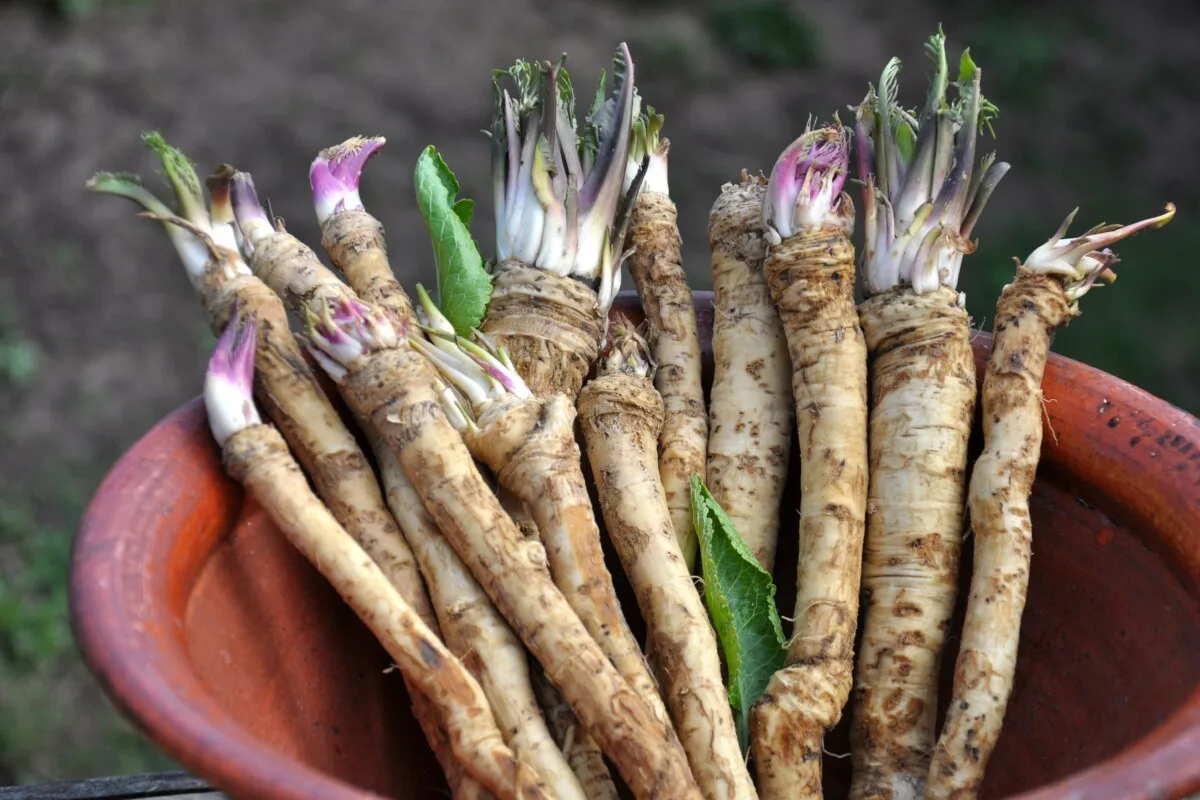
I know what you’re thinking. It is too a vegetable. And for those of us looking for veggies that will grow in our shady gardens, beggars can’t be choosers. If you’re a fan of this kick-you-in-the-face root but you’ve never thought about growing it, now is the time.
You’ll wonder how you ever got by with that flavorless store-bought stuff. Madison will walk you through growing your own horseradish.
7. Kale
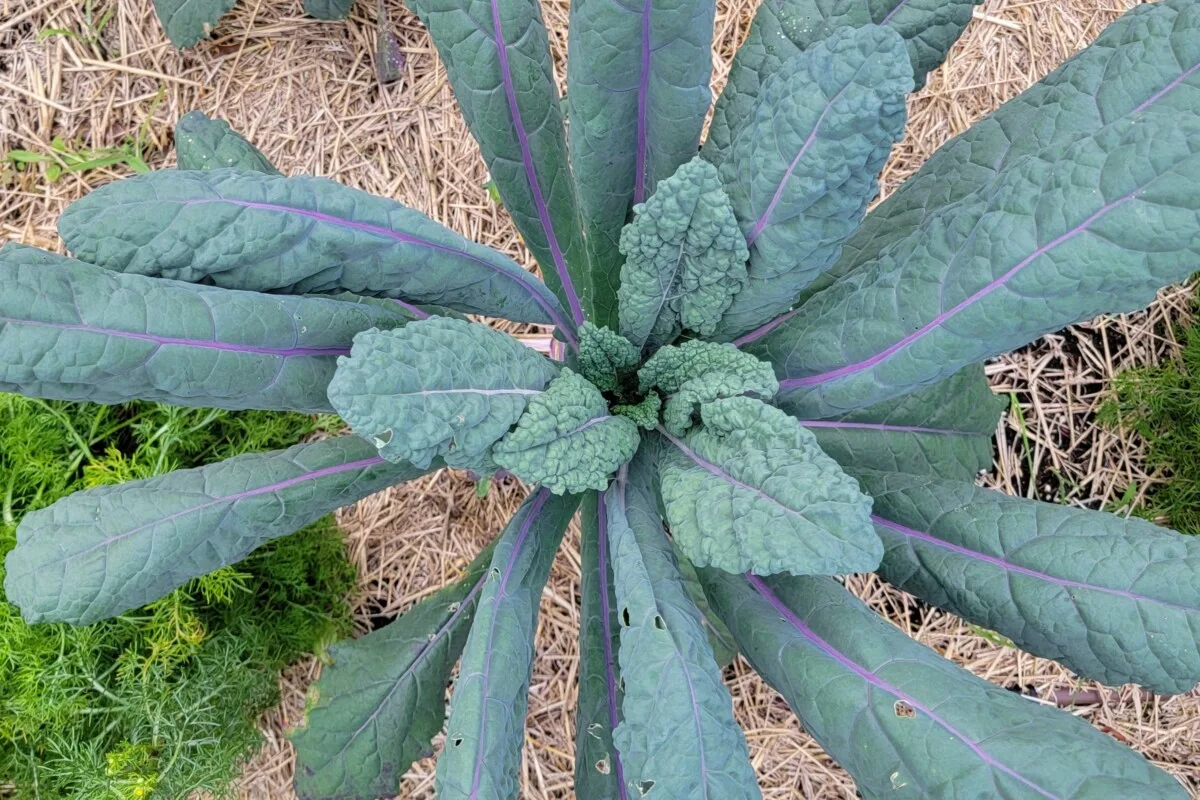
Oh, kale yes, you can grow kale in partial shade! And you want to. Kale tastes better when it gets a little rest from the strong rays of the summer sun.
Like other members of the brassica family, kale also gets a bit sweeter once it’s had a frost or two. The cold concentrates the sugars in the plant, leaving you with the best kale chips, kale smoothies or chopped kale salads you’ve ever had.
To get the best results when growing kale in light shade, choose a variety with smaller leaves, such as a Dazzling Blue.
8. Lettuce
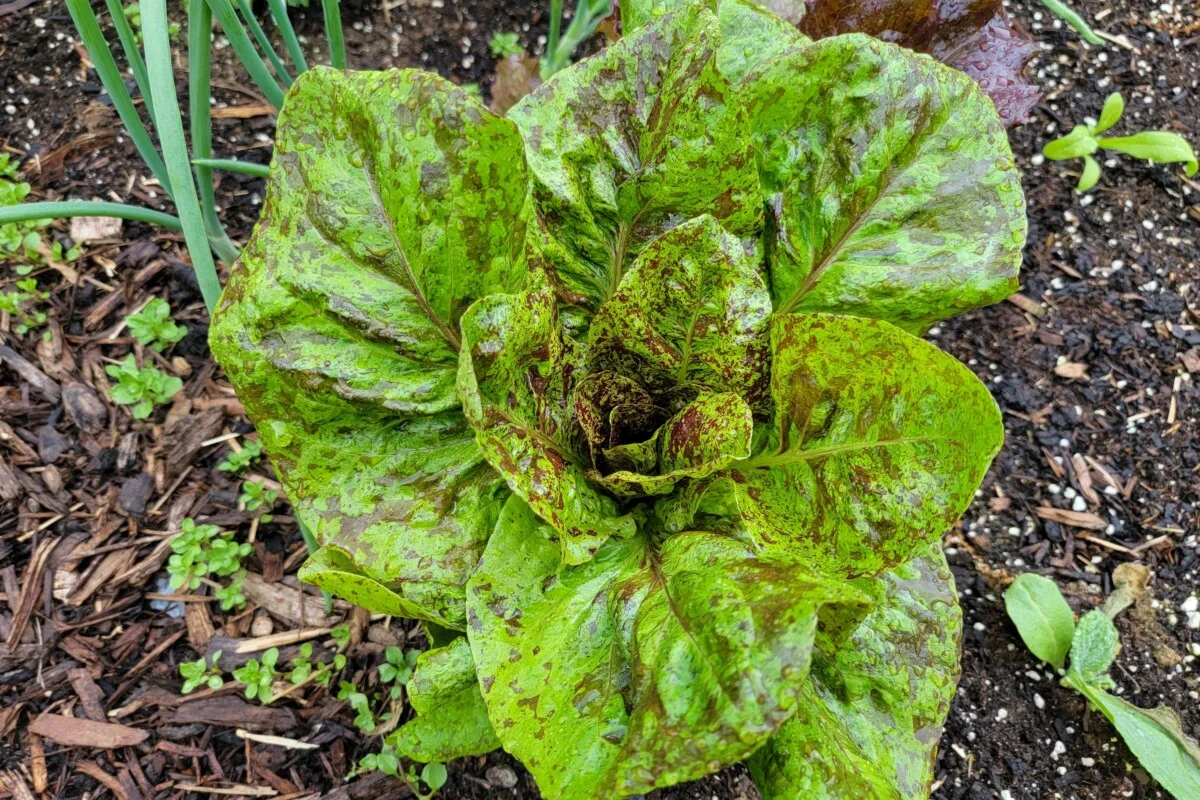
Again, lettuce is a cool-weather crop that will benefit from a bit of shade. However, too much and it grows leggy. You’ll have to experiment with it in your garden.
Regardless of where you grow it, once you enter the dog days of summer, it will be too hot to grow lettuce that isn’t bitter. But that only means you now have an empty spot to plant something else. And in the fall, as the days shorten, you can plant another round before the cold weather sets in.
9. Mustard Greens
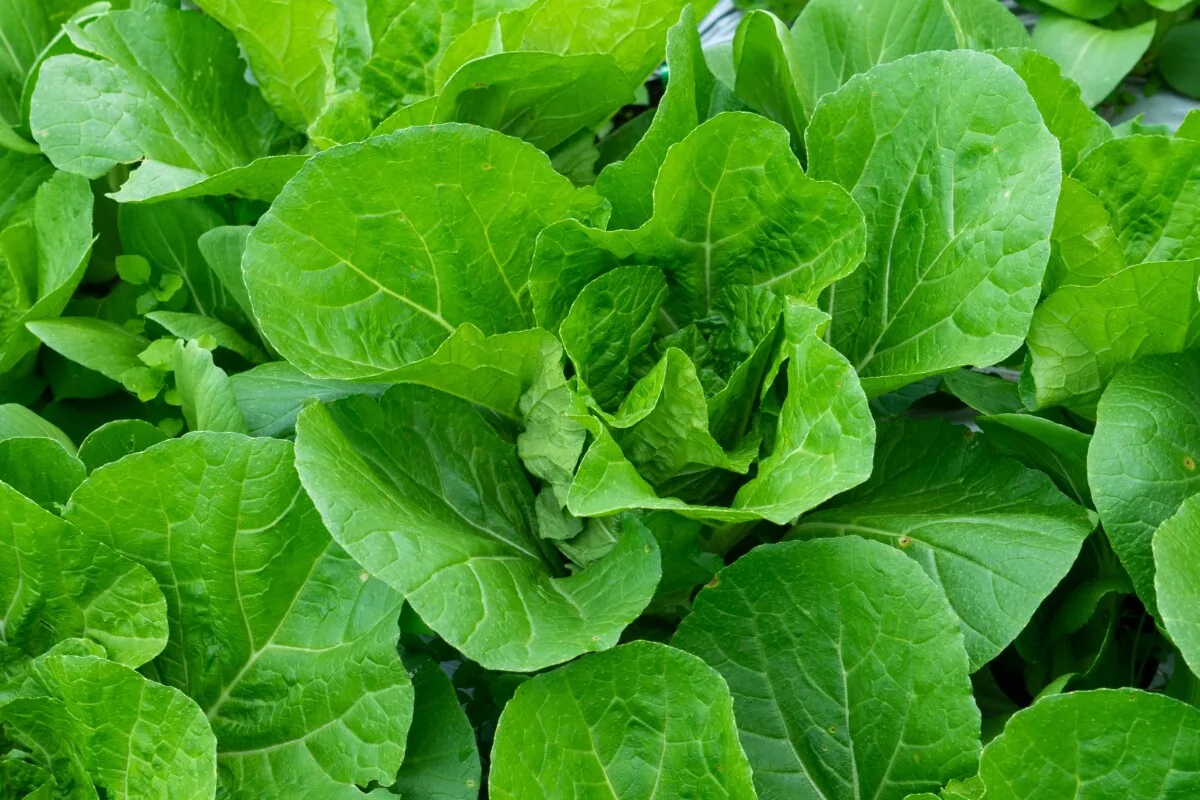
Mustard greens are another member of the brassica family and offer a sturdier green than your typical lettuce. Most have a slightly spicy taste and are excellent in stir-fries or soups. Some even have tasty edible stalks, similar to broccoli.
If you’ve shied away from growing mustard greens in the past, take your shady garden as a cue to give them a try.
10. Peas
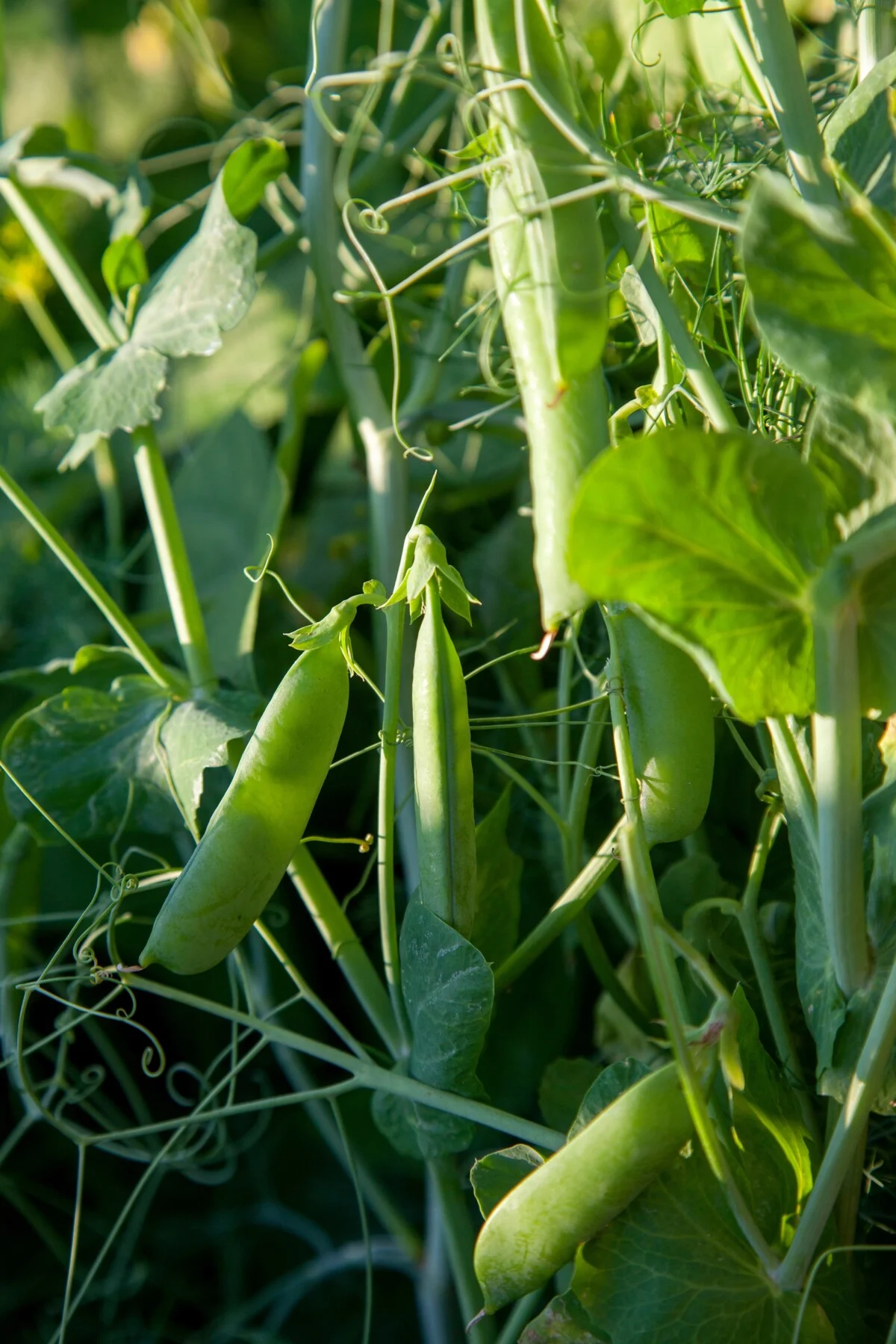
This springtime favorite will do alright with a little shade, particularly if you’re growing shelling peas. Give them something to climb, and they’ll be happy little veggies. Of course, keep in mind that these vertical veggies create shade of their own, which might be the perfect place to plant a few heads of lettuce.
Even if you don’t end up getting fully mature peas because of the shade, pea shoots and tendrils are excellent vittles. These fancy veggies show up on the menus of swanky restaurants and fetch a pretty penny at the farmer’s market. Grow them at home and save yourself some cash. Cheryl has a couple of easy recipes for eating pea tendrils. Check them out here.
11. Potatoes
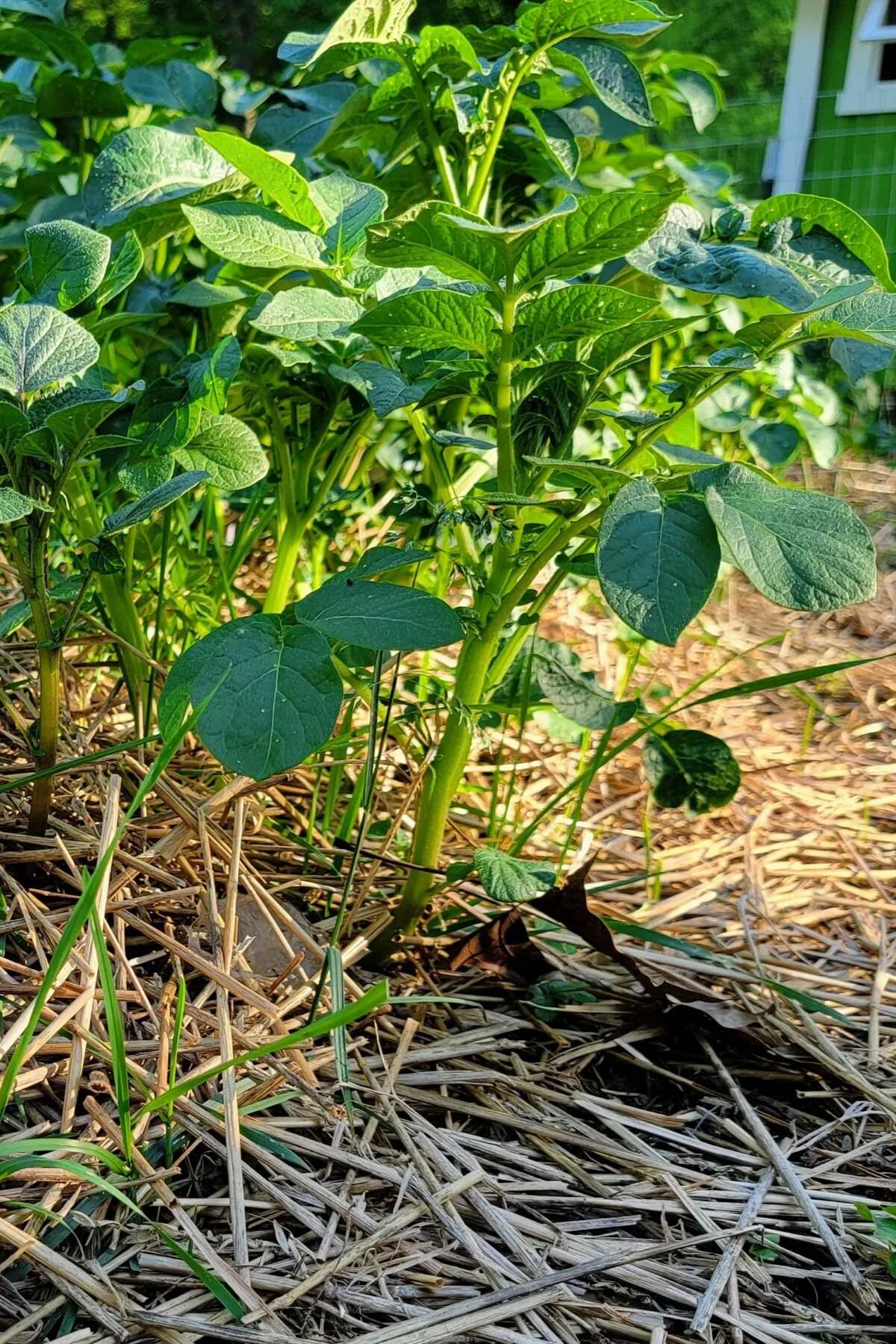
Oh yes, believe it or not, you can grow potatoes in partial shade. As long as they receive six hours of sunlight a day, you’ll get tubers.
If you’ve never grown potatoes before, don’t be intimidated. They’re incredibly easy to grow. You can even grow them in buckets or sacks, where they do quite well. Or, if you don’t want to bother with digging them up at the end of the season, try growing potatoes above the ground.
12. Scallions/Green Onions
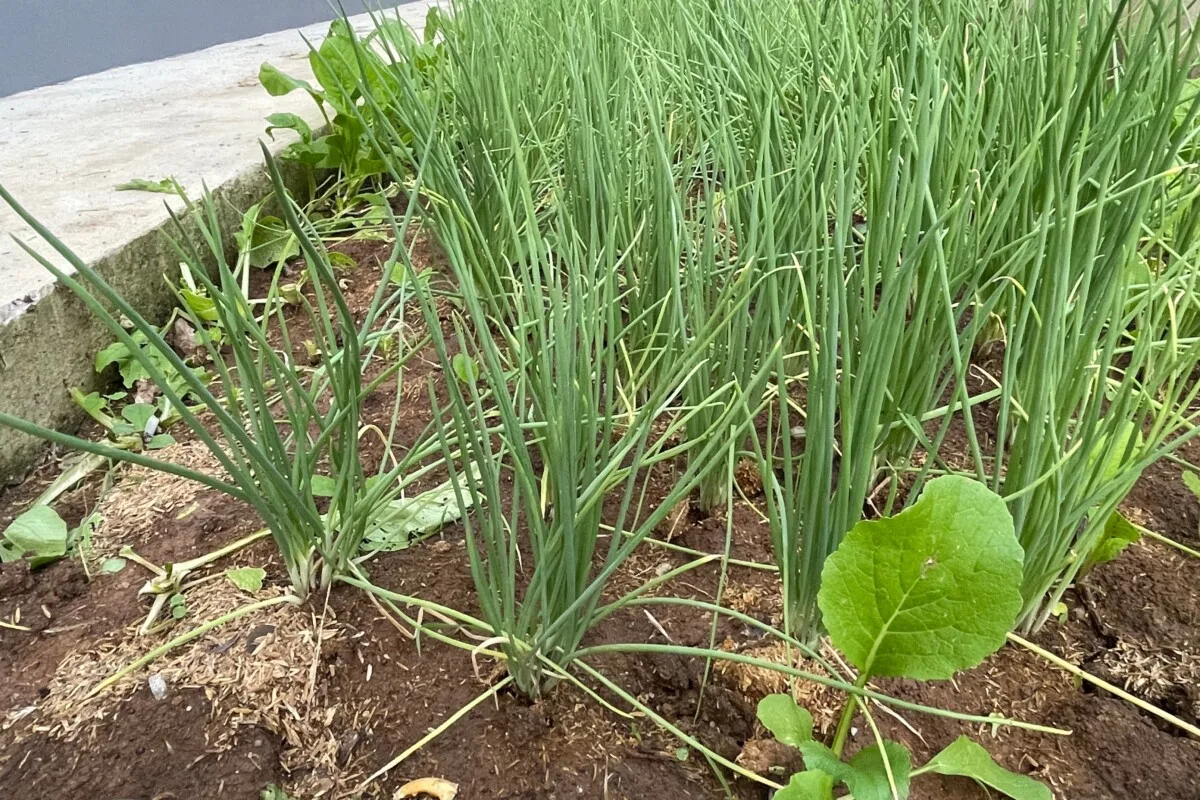
If you’re like me, you’ve always got a bunch of scallions in your kitchen. They’re excellent toppers for scrambled eggs, instant ramen, tacos and more. But when they get too much heat, they can become pretty potent.
You can grow scallions in the shade to keep them from being overly in-your-face oniony. The nice thing about scallions is you can poke a few in every shady nook and cranny of your garden.
13. Spinach
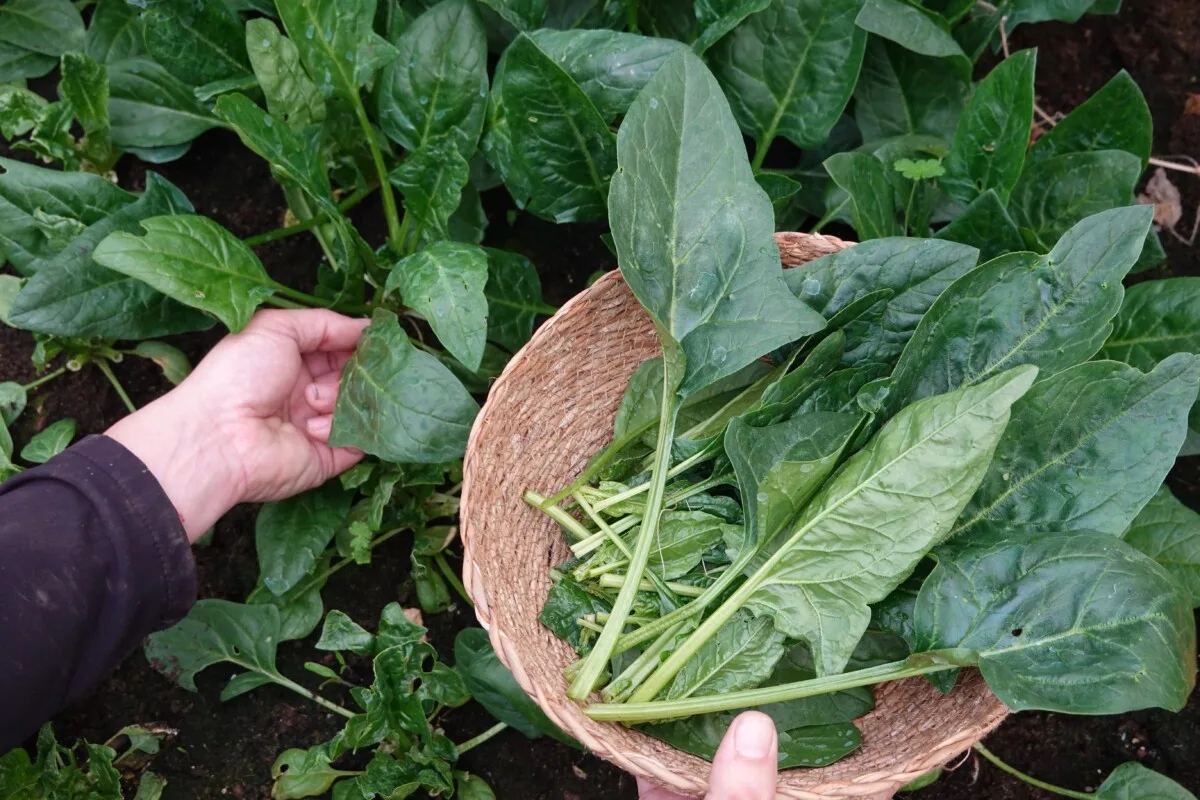
This super veggie is another super-bolter, very quickly going to seed when the temperatures get much above 80. Take advantage of your shady garden and plant some spinach. A shady spot will ensure you have smaller leaves, which are often more tender and less intensely flavored.
If you love baby spinach in your salad, then a shady garden isn’t such a bad thing.
For the best tasting spinach, plant it in succession, adding another new row every week or so.
14. Swiss Chard
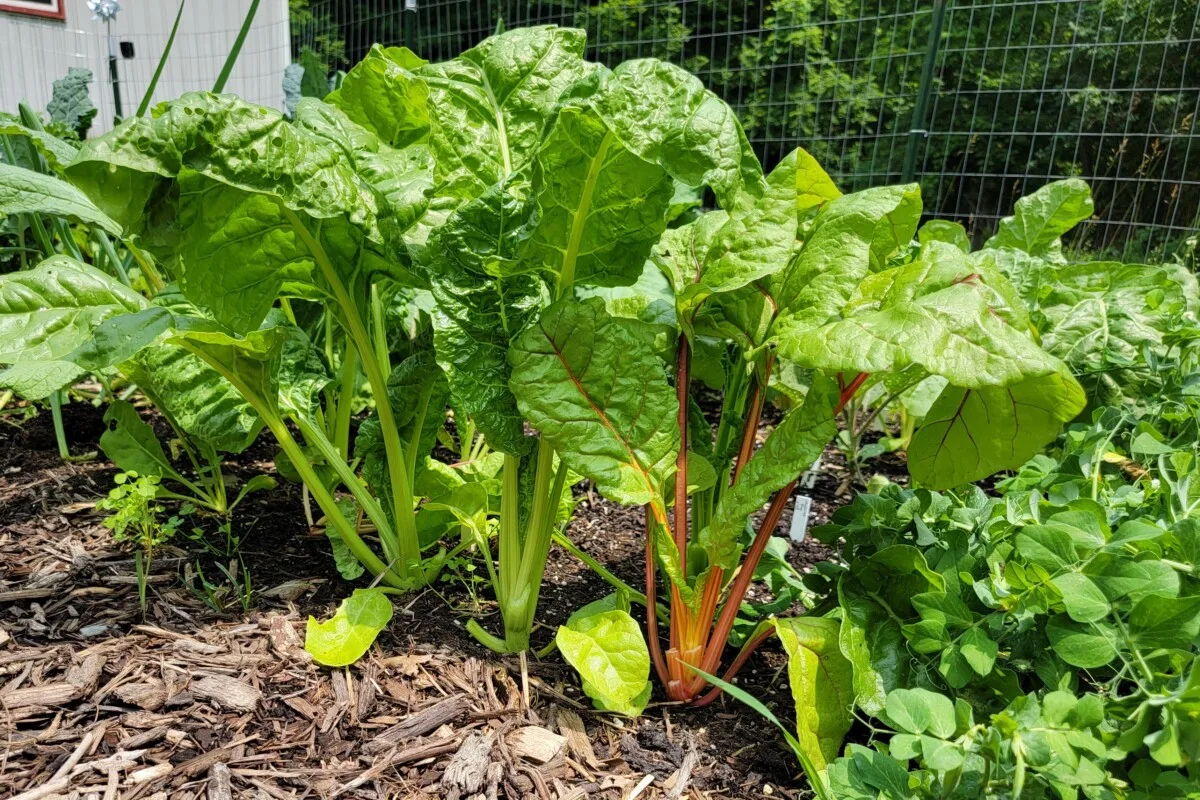
One of the most colorful things you can grow in the garden, rainbow Swiss chard is a green that will tolerate a little shade.
Like many of the other greens on this list, less sun will lead to smaller plants, but that’s not such a bad thing. Swiss chard will stay tender, and the stalks won’t be tough or stringy if they stay compact. Harvest your chard frequently to encourage new growth from the plant.
I like to freeze Swiss chard, keeping the stalks and the leaves separate so I can use them in different ways in the kitchen.
15. Watercress
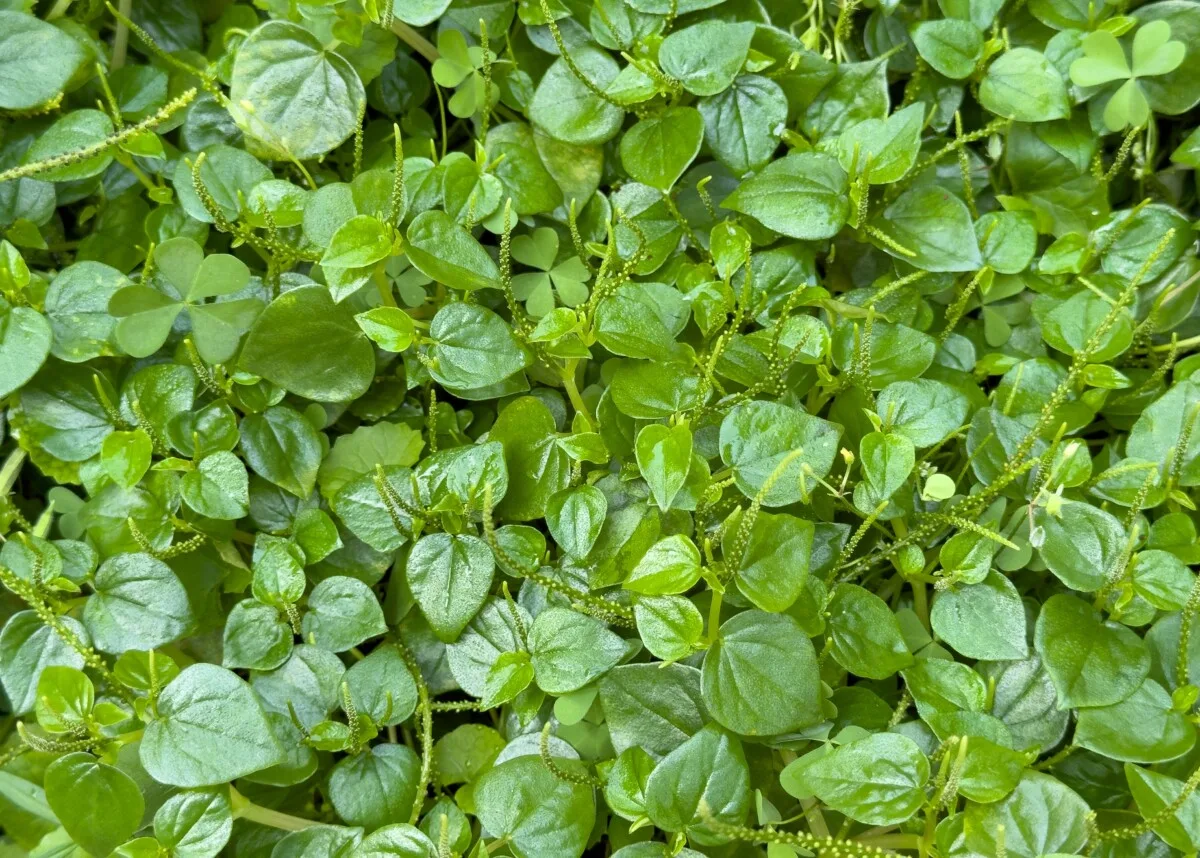
A super-healthy vegetable that I only have to plant once and tolerates shade? Where do I sign up?
Watercress is a perennial in the brassica family, making it a set-it-and-forget-it veggie, which is always nice in my book. But aside from that, watercress is packed with nutrients.
It’s high in iron and vitamin C and promotes healthy bones, thyroid function as well as eyesight. Not bad for a green, most often found in fancy finger sandwiches. Take two cucumber and watercress sandwiches and call me in the morning.
Growing Sun-Loving Plants When You Have a Shady Garden
It’s nice to know you have options if you have a shady garden, but what if you have your heart set on growing sun-loving tomatoes or smoky poblano peppers?
If your main garden limits you on what you can grow by way of shade, then it’s time to think outside the box.
(Assuming your garden is boxed shape, that is.)
Get Familiar with Your Shade
One of the smartest things you can do as a gardener is to track the sun over the course of a growing season. Keep notes in your garden journal or a spreadsheet about what areas of your yard get full sun all day long and what areas are completely shaded out. Do you have areas where buildings and trees provide shade for part of the day?
You’ll want to do this for the entire season, as it will change.
I planned my first garden out at my sweethearts in the early spring. I chose an area that (I thought) would get full sun all day. And it did, at least until May when the large oak tree several yards away leafed out and left half my garden in the shade all day. Oops!
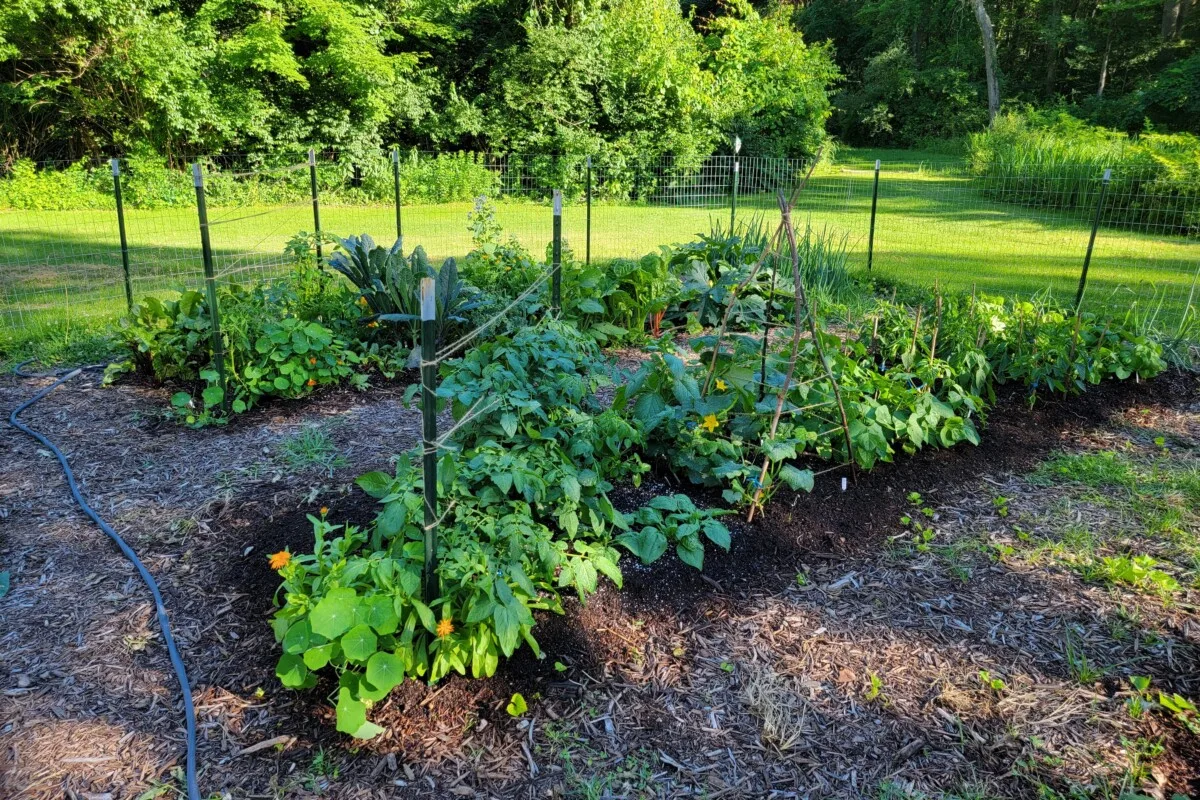
Once you have a better idea of what areas get more sun and what areas stay shaded, you can start to plan. Look for spots that do get more than six hours of sun a day.
You don’t need to be able to put a whole garden there, just a pot or two. Most sun-loving plants do really well in containers.
Tomatoes, peppers, eggplants, and even zucchini and beans; they’re all happy to spend the growing season in a sunny pot on your patio, balcony or that one corner of the yard that gets full sun all day.
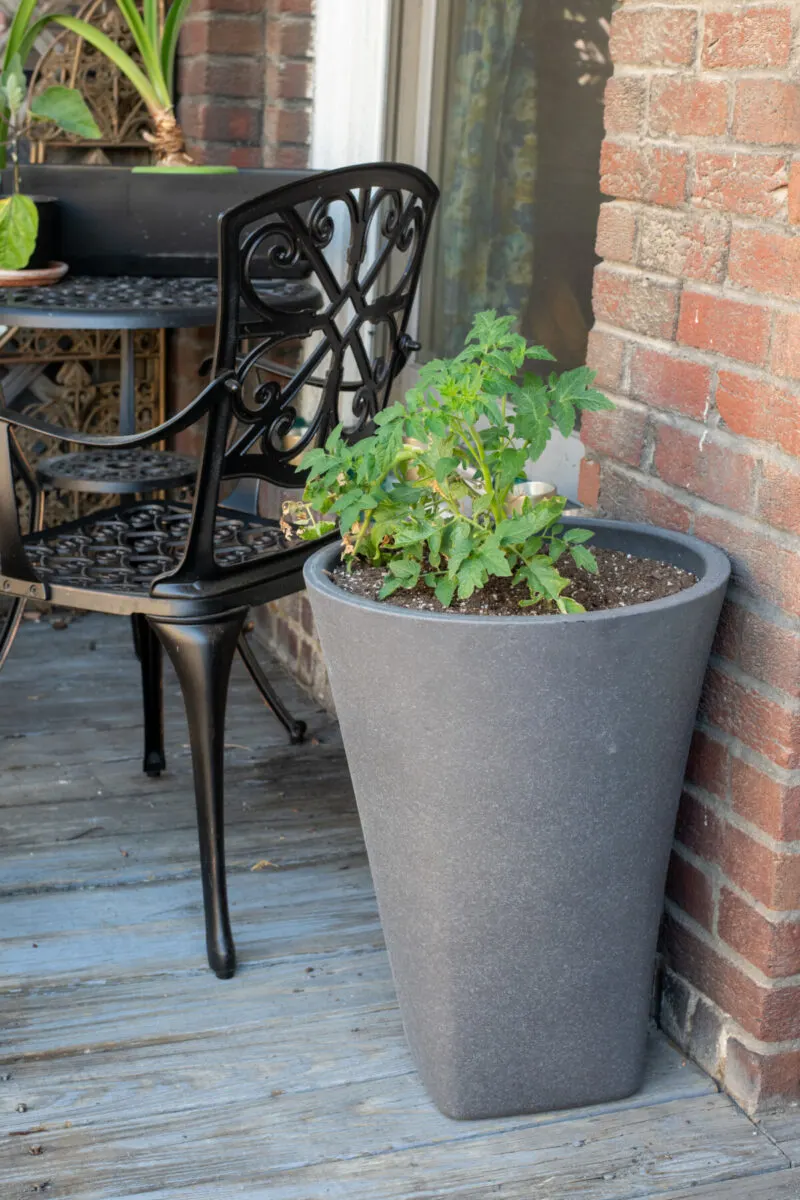
Don’t forget to think upwards, too, when growing in containers. If you don’t have room for veggies to sprawl, grow them upright. (Yup, even zucchinis and other summer squash can be staked and grown vertically.)
Just because you can’t fit all of your veggies into one plot in the sun doesn’t mean you can’t grow them elsewhere.
Once you know where the sun is, you can get creative growing sun-loving veggies in those spots. When you make the switch from thinking your garden has to be contained in one area to realizing that every last inch of your yard is fair game for veggies, there are no limits to where or what you can grow.

Get the famous Rural Sprout newsletter delivered to your inbox.
Including Sunday musings from our editor, Tracey, as well as “What’s Up Wednesday” our roundup of what’s in season and new article updates and alerts.


